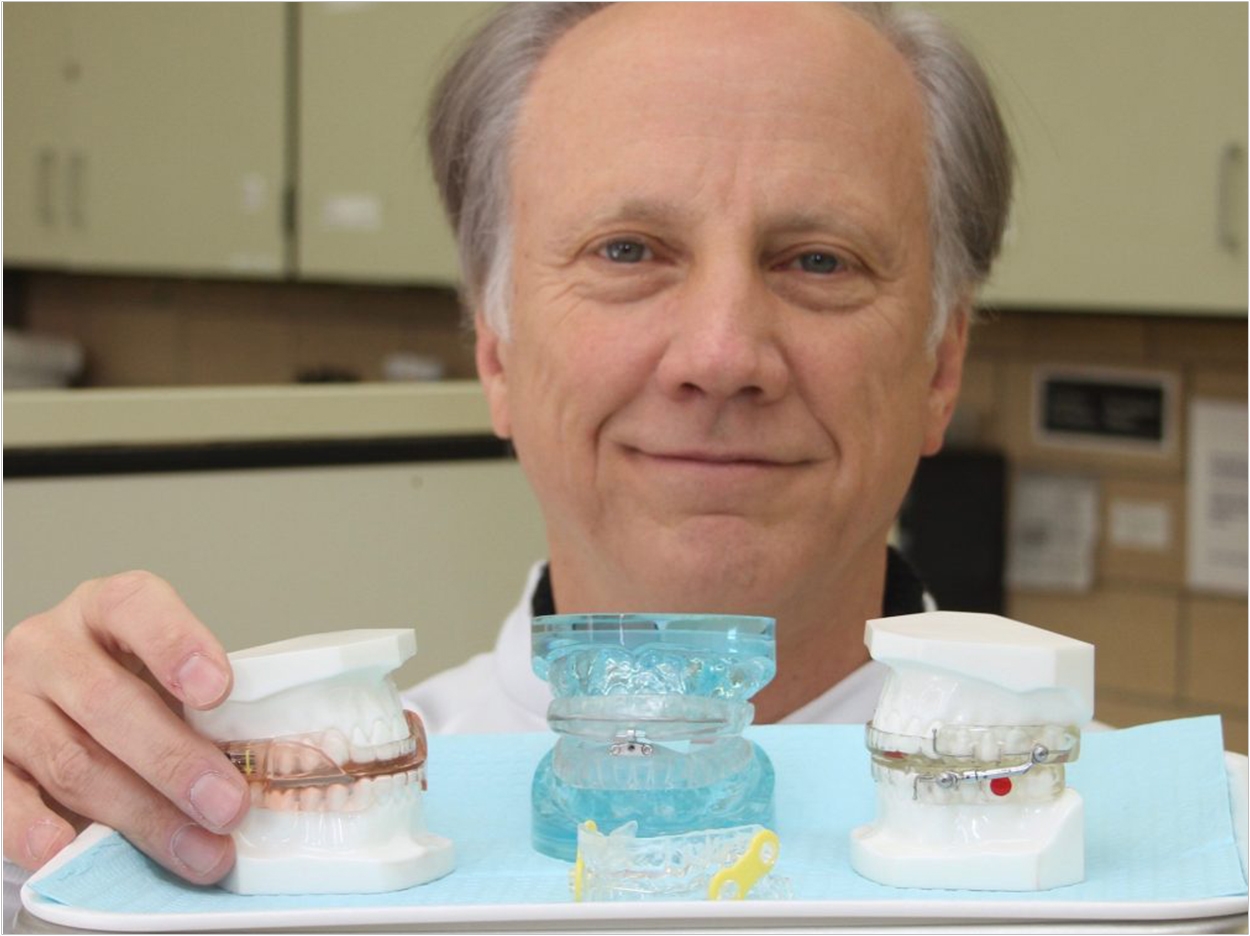
The University of Michigan School of Dentistry is expanding its resources for treating patients with obstructive sleep apnea (OSA), which has been linked to cardiovascular disease, diabetes, and other systemic illnesses.
The school’s faculty has been providing care to patients with OSA for more than 15 years at the Dental Faculty Associates practice at the School of Dentistry and at the Hospital Dentistry Clinic within the University of Michigan Health Service.
The service is now being expanded into the Prosthodontic Faculty Clinic at the dental school as well as at the Orofacial Pain Clinic, which is coordinated by the Department of Oral and Maxillofacial Surgery/Hospital Dentistry Department.
Faculty members who are diplomates of the American Academy of Dental Sleep Medicine or qualified providers conduct treatment in collaboration with patients’ primary care physicians, sleep physicians, and other healthcare professionals.
The school’s OSA treatment uses oral appliance therapy as an alternative to continuous positive airway pressure, which requires patients to wear a mask that provides a continuous supply of air while they sleep. Oral appliances are custom-fit pieces like mouthguards or retainers worn during sleep that move the jaw forward to prevent the airway from collapsing.
The Dental Sleep Apnea Group accepts patients who are referred by a doctor and who have had a diagnostic sleep study. The dentist conducts an exam to determine the best treatment options and oral appliance for the unique aspects of each patient’s mouth, jaw, and upper airway structure.
Geoffrey Gerstner, DDS, MS, PhD, co-director of the apnea group at the Prosthodontic Faculty Clinic, said OSA may affect as many as one in five people, according to various studies. Treating OSA is important because sleep quality has a significant effect on overall health and well-being, the school says.
Appliance design depends on each patient’s oral anatomy. Dentists use exams, imaging, and impressions of the patient’s mouth to create each appliance. The impression is sent to a lab that makes the appliance, which the dentist then fits into the patient’s mouth.
The four basic types of appliances have various functions, but most are related to moving the lower jaw forward to help open the airway in the patient’s throat while they sleep. Appliances are made from acrylic, plastic, or nylon with plastic or metal connections.
“We decide which design patients are going to use based on a case-by-case basis,” said Gerstner. “Some people grind their teeth at night, or their mouths may be small, or they may have lost their teeth. There are many other factors, so we make the oral appliances for each individual depending on their particular symptoms and mouth structure.”
As the dental school expands its OSA treatment services, it is contacting local physicians to make them aware of the Dental Sleep Apnea Group as a source for referrals. The initiative is being coordinated within the Department of Biologic and Materials Sciences & Prosthodontics.
“With the specialized training that our faculty members have in this area, we look forward to being a key part of the treatment network for local patients,” said Jan Hu, DDS, department chairman. “This is a growing area in healthcare and an example of how dental and medical issues are directly related to the overall health of patients.”
The faculty also is incorporating their OSA training into courses for dental students. A few hours of instruction already are part of the curriculum with more coursework planned for the future, Gerstner said.
Related Articles
Sleep Apnea Symptoms Improve When Patients Lose Tongue Fat
Women With Sleep Apnea Face Higher Risk of Cancer
MMA Surgery Improves Long-Term Quality of Life for Apnea Patients


